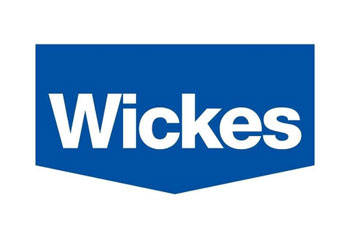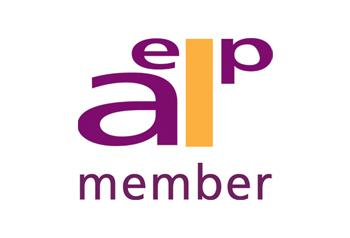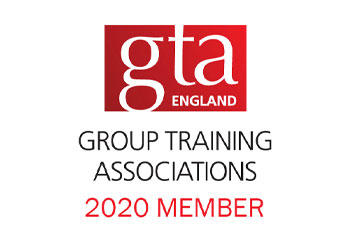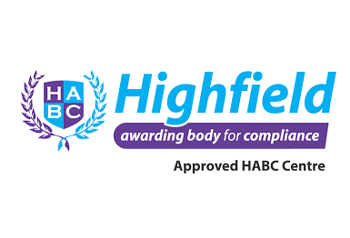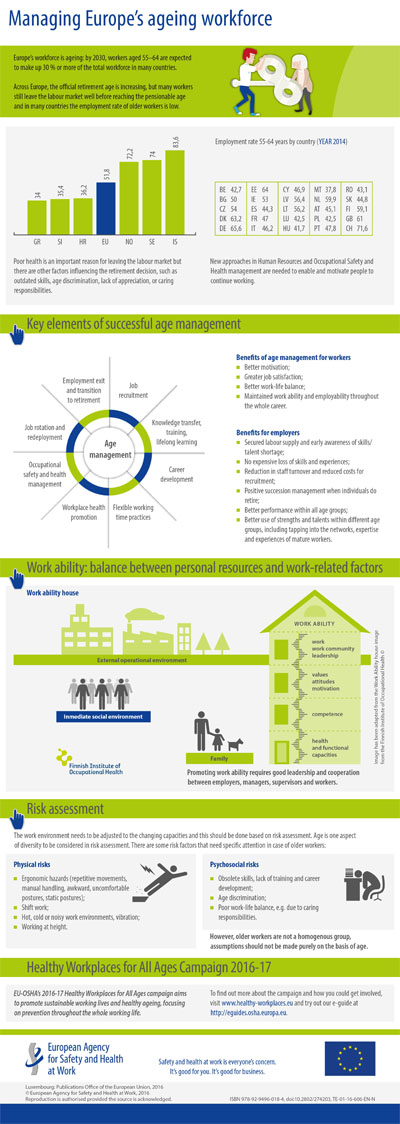 The European Agency for Safety and Health at Work (EU-OSHA) has published a new infographic on managing Europe’s ageing workforce to ensure safe and healthy conditions throughout working life.
The European Agency for Safety and Health at Work (EU-OSHA) has published a new infographic on managing Europe’s ageing workforce to ensure safe and healthy conditions throughout working life.
The publication is part of EU-OSHA’s two-year Healthy Workplaces for All Ages campaign for 2016/17 focusing on sustainable work and healthy ageing. The infographic notes that by 2030, workers aged between 55 and 64 are expected to make up 30% or more of the total workforce in many countries. EU-OSHA also warns that across Europe, the official retirement age is increasing, but many workers still leave the labour market well before reaching the pensionable age and in many countries the employment rate of older workers is low.
Poor health is an important reason for workers leaving the labour market but there are other factors influencing the decision to retire, such as outdated skills, age discrimination, lack of appreciation or caring responsibilities. Therefore, EU-OSHA says that new approaches in human resources and occupational safety and health management are needed to enable and motivate people to continue working. The new infographic displays the main elements of successful age management, pointing out key benefits of age management to both workers and employers. It also addresses the need to balance personal resources and work-related factors, as well as the importance of adjusting the work environment to the changing capacities of workers. This, the infographic points out, should be done based on a risk assessment of both physical and psychosocial factors. However, the Agency also warns that older workers are not a homogenous group and assumptions should not be made purely on the basis of age.
In a Q & A carried out by Britsafe on developing an Age Management Programme, they answer the following question.
My employer is introducing an “age management programme”. I have been asked to comment on the health and safety risks to an ageing workforce and, as part of the programme, develop a strategy. Could you outline the issues to be considered?
Many employers recognise that changes in demographics, legislation and state retirement age are having an impact on their employees as the average age of the workforce increases.
With many employees working longer, the impacts of an ageing workforce can create threats as well opportunities to employers. To address these, organisations are now implementing age management programmes that aim to:
- assist employers to adjust to the ageing of their workforces
- enhance the competitiveness and productivity of their ageing workforces
- improve the employability of ageing employees
- assist in prolonging working life
- ensure more equal opportunities between workers of different ages.
From a health and safety perspective, the perceived threats of ageing employees are based on the decline in functional capacities and health. Potential outcomes include:
- longer periods of sickness absence due to increased ill health issues
- greater numbers of serious accidents due to reduced functional capacities
- increased levels of stress due to lack of opportunities for career development and training, and difficulties in adapting to changing technologies.
In addition, loss of knowledge, skills and experience are all recognised as an issue and can lead indirectly to increased risk, for example to less experienced employees.
Any strategy to overcome threats and increase the benefits of an ageing workforce will be based on “work ability” whereby the threats are addressed and opportunities realised. This calls for a holistic approach in which a number of work streams within a strategy are utilised and integrated with the overall programme. This can include:
- health promotion and health check programmes to improve employees’ overall levels of health and fitness
- rehabilitation programmes to support employees when faced with long-term age-related ill health or capacity issues
- a competency framework to enable older employees to adapt to new working practices and technologies
- work activity, age-sensitive risk assessments to identify potential risks from capacity and ill health
- work adaptation procedures that allow the work activities and environment to be adapted to an individual’s capabilities
- age-positive culture change management programmes including employee participation and good management procedures
- monitoring the above through audits, staff surveys and other data collection techniques.
These initiatives will need to be integrated with other areas of the programme, such as any HR redeployment policies and procedures, to ensure continuity of approach.
For more information you can visit the British Safety Council website at: https://www.britsafe.org/
